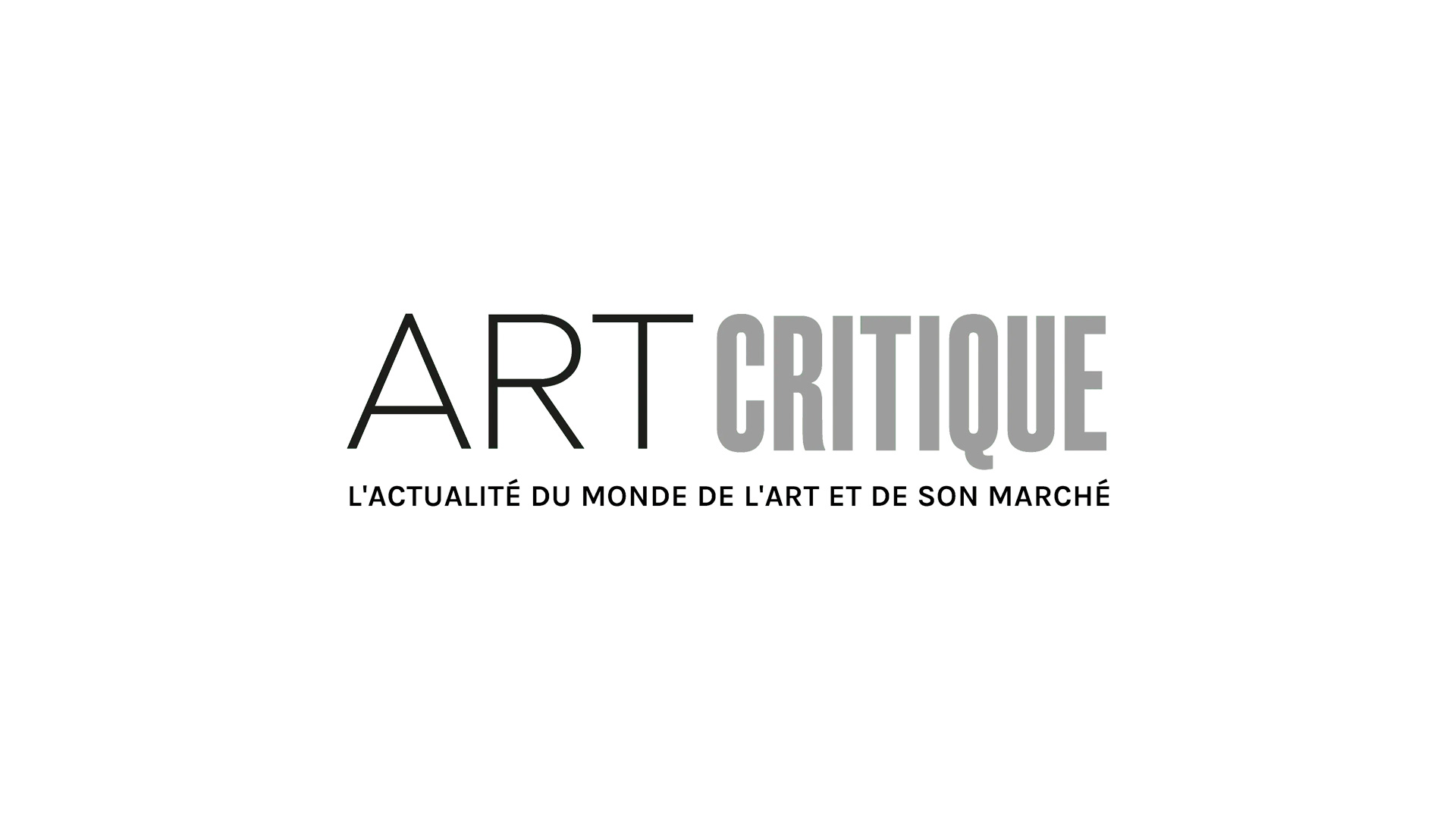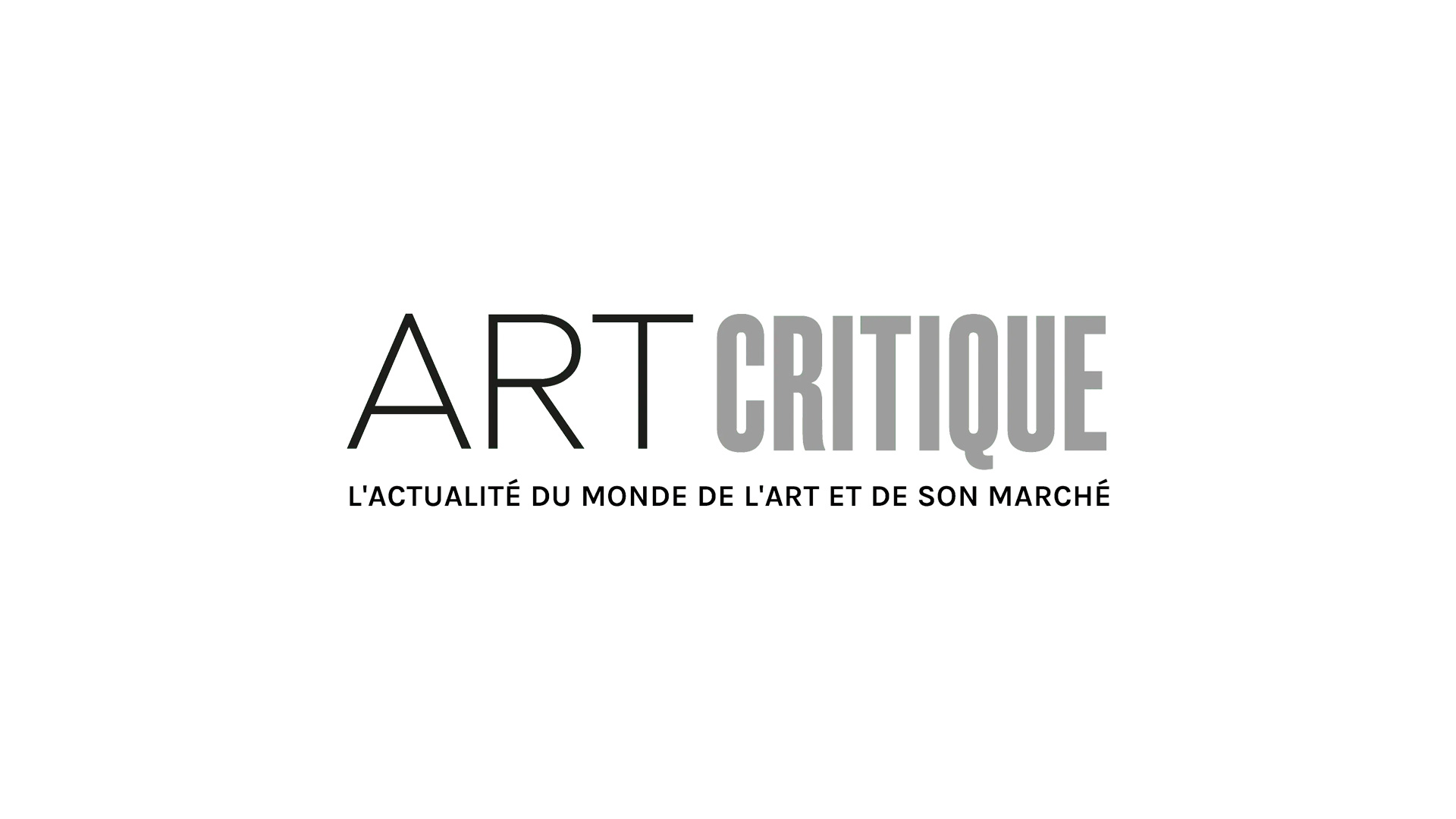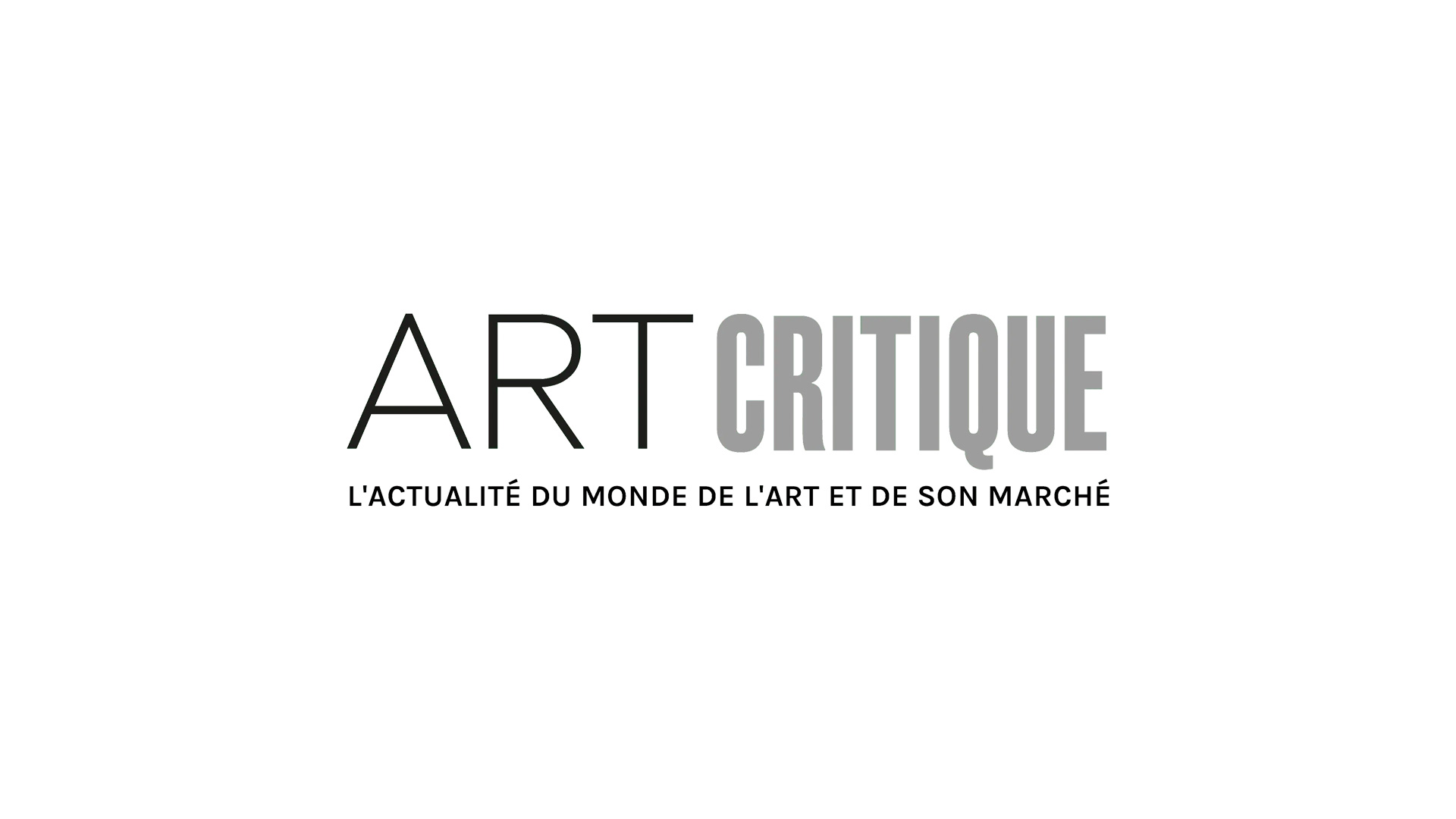Recently François Croissy offered audiences the chance to see the Mapplethorpe exhibition at the Madre Museum of Contemporary Art in Naples. Such an outing is an excellent opportunity to replace the boring tourist guide with a companion who walks at a brisk pace and has a lot more to say; none other than Donatien de Sade himself. Les Éditions Rivage has just published, in paperback form, the section of Voyage en Italie relating to Campania featuring a lovely preface written by Chantal Thomas.
Before his life was interrupted by the vengeance of his powerful enemies, Sade had always dreamed of becoming famous by writing a travelogue – a genre that was in style during the Age of Enlightenment – in the form of advice to aspiring travellers. The author places himself deliberately within a literary tradition and then rushes, in unmitigated insolence, to destroy it. On almost every page he does this at the expense of one of his predecessors, the poor Abbot Richard whose mistakes Sade takes a malicious pleasure in systematically pointing out. This novel gimmick introduces a rather unexpected comical tone to the text. The writing, however, is not particularly scholarly. As Saint-Simon said, “his writing is always disordered”. Sade doesn’t go hunting for rehearsals like a college regent and neither does he waste time with stage directions (cf. note: “look up who it is in the dictionary”), but writing is in his blood; the stroke of his pen is firm but it can also jab at any time.
The aristocratic traveller however, is not easily impressed. The landscapes, by their softness and their opulence, may be infinitely appealing. But there is also the question of what to do with the natives who can be stubborn, rude and greedy. “Why must the heavens give such wealth to those who know so little what to do with it?” There are some artists for whom he has a high opinion … but not to the point of granting them high praise. Sade inflicts the same treatment on Vanvitelli, whose Caserta Palace, currently still under construction, he visited. The author willingly applauded the design but condemned the talented architect for believing that he had to surrender to the bad taste of the local population. Other painters are exposed to the same criticism; the drawing is good, but the main figures are poorly laid out, etc. “but” is a word that frequently appears in Voyage; there is nothing nicer than Naples, but …
As arrogant as the Marquis may have been, he did his due diligence and visited everywhere that might be of interest to foreign travellers in the city and surrounding areas. A whole chapter is devoted to describing, room by room, all the antiques in the Portici museum. In Pompeii, he provides the measurements in feet and inches of even the least significant column. The decision to group buildings together by type led Sade to deal with all the churches in Naples at the same time, one after another. This trip is a remarkable document in the history of style; readers learn about Sade’s preferences in terms of painting and sculpture which sometimes turns out to be surprising. The Guide embodies its ideals. Caravaggio appeals to him also: “that’s where you must examine nature in all its good and in all its truth”. On the other hand, the vestiges of the era of the Angevins only serves to “cast judgement on the darkness of arts during those barbaric centuries”. The Sanseverino chapel, with its veiled figures, for which modern audiences have a cult-like devotion, represents the “height of unreason and bad taste” in Sade’s opinion (He would have written kitsch if that had been the style of the time).

It’s here that the popular image of Sade first makes an appearance as he lets his devilish side emerge. His willingness to tolerate Neapolitan gullibility is heartwarming and declarations of atheism soon follow. The miracle of the blood of saint Januarius, whom he portrays as “one of the greatest wonders capable of inventing the catholic superstition”, naturally, does not escape criticism: “…the best advice I can give a foreigner is to never to get mixed up in the crowd of admirers of this ridiculous farce; they’d be risking their lives”. For the Marquis, the Christian god, who is inferior to many classical divinities, is just an “idol”, good for keeping the poor reclusive nuns busy. Needless to say, Sade never believed that this curious catalogue of places to see, filled with declarations of atheism, would ever be published, even illegally.
And where is all the debauchery one might ask? Is Voyage a libertine work? At certain times Sade gives the impression of being one the fathers of chastity. He feigns shock at the notion of pimping, noting that “the streets are filled with unhappy victims sacrificed over to the brutality of anyone who comes along and who might lead you, for next to nothing, into every kind of depravity that the mind can conceive”. The Palais Royal district and the port of galleys also seem to shock him. Quickly, however, his imagination takes over. He doesn’t omit a sleazy detail discussing the altar pieces. Devilishly Piranesian, he looks for traces of the antique ruins of bawdy houses in all underground structures. In Capri, he searches feverishly for signs of the orgies of Tiberius, the great man who submitted himself “to self-indulgent distractions of his senses”. In San Martino he views the Christ attributed to Michelangelo and discusses the legend of how the artist would have taken his inspiration in the spectacle of torment; Sade recognizes suffering but not agony; as if Michelangelo had been defeated by compassion. “Like anyone else, he had prejudices and prejudice was and always will be the pitfall of real talent”. Just under the volcano, Sade is on his toes.
So, it’s not an overstatement to declare that the great Sade is already present in Voyage à Naples. His desperation to be in control and willful arrogance prompted him to sharpen his approach, enticed by the promise of pleasure and happy to ride under a beautiful sun into the land of strong passions, he gives Italian happiness a recipe that is a bit spicier but no less delectable than anything from Stendhal or Giono. The final sentence of the book states that “to get to the top of this extraordinary mountain, we had to climb for two hours”. In Naples, Sade makes this descent into hell by climbing toward the light that constitutes, in aeternum, the paradox of his genius.
Sade, Voyage à Naples, Paris, Rivages, 2014.
Photos : Guillaume de Sardes






